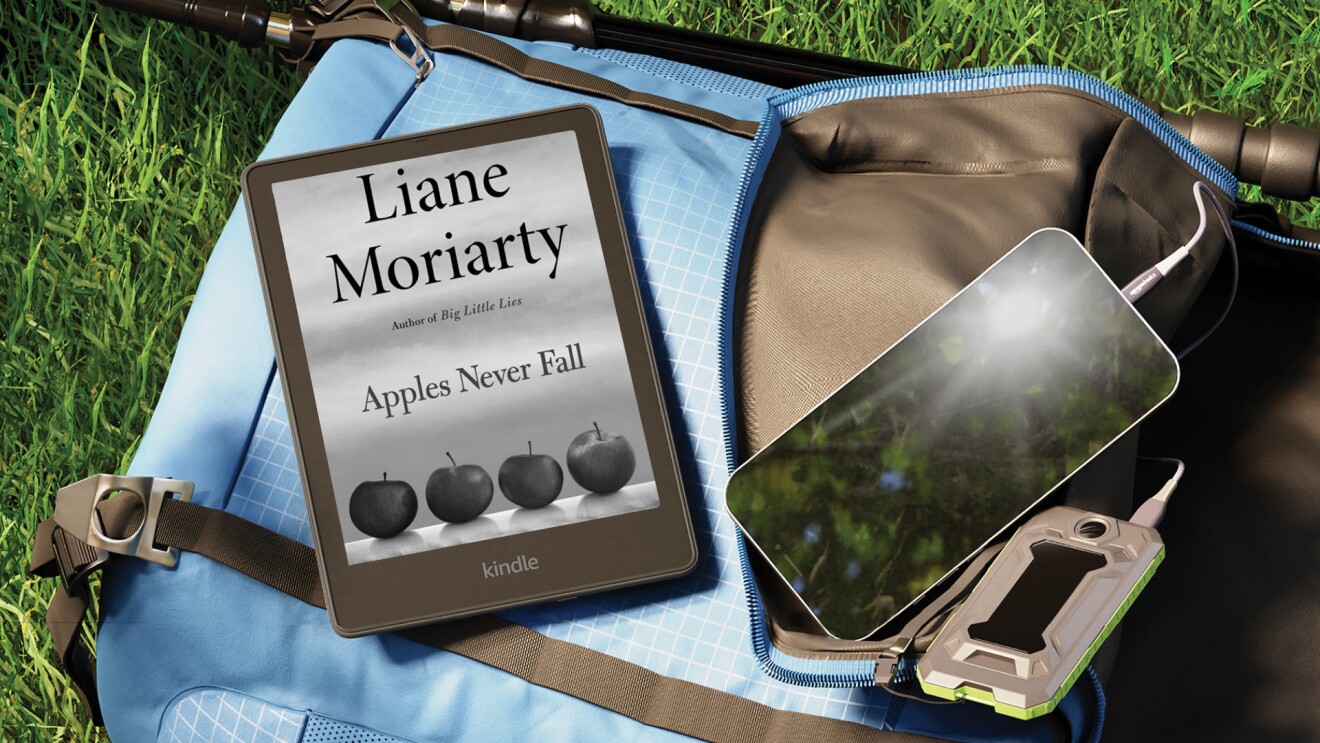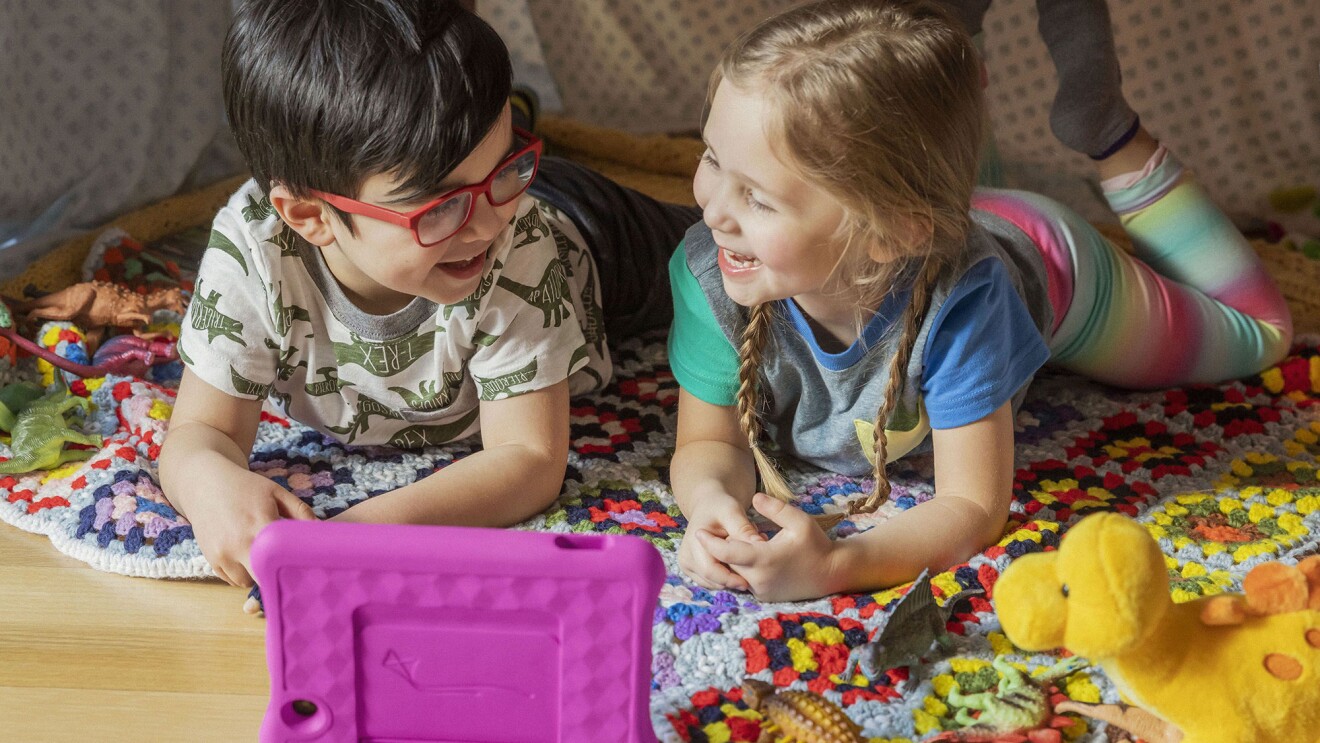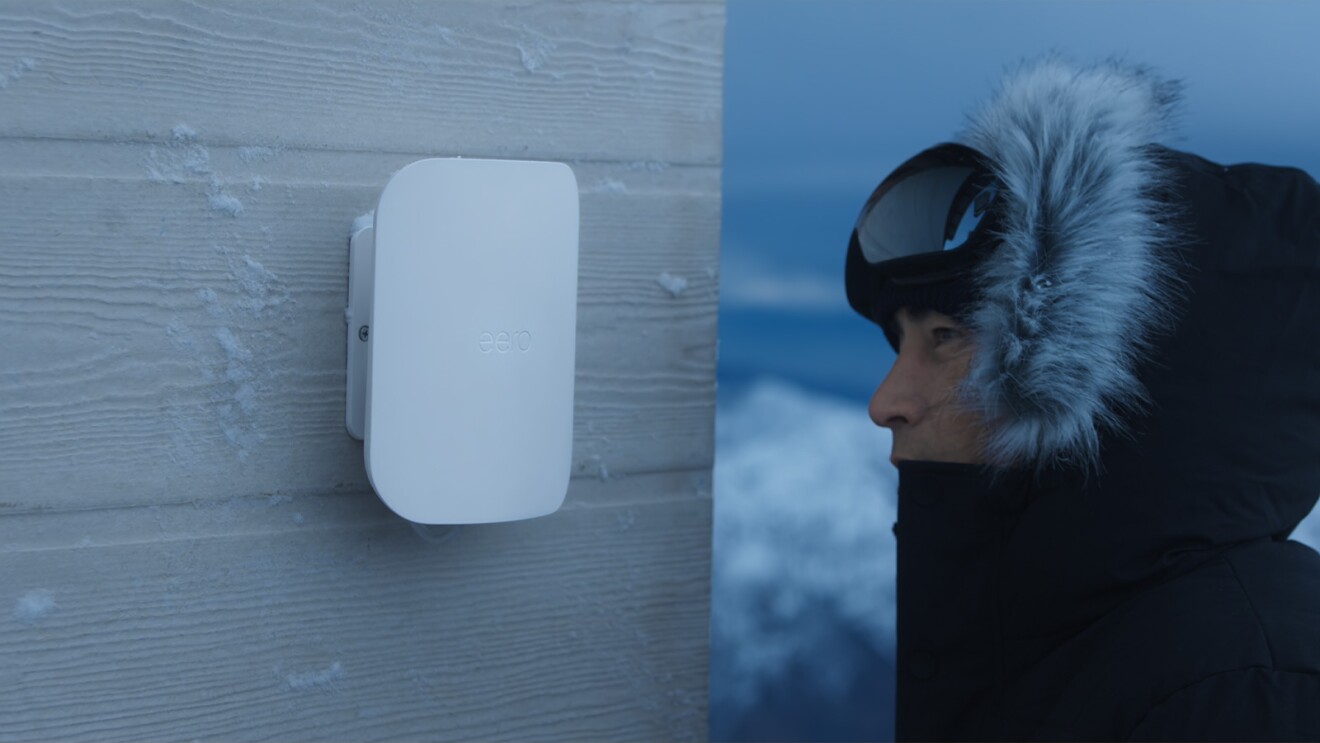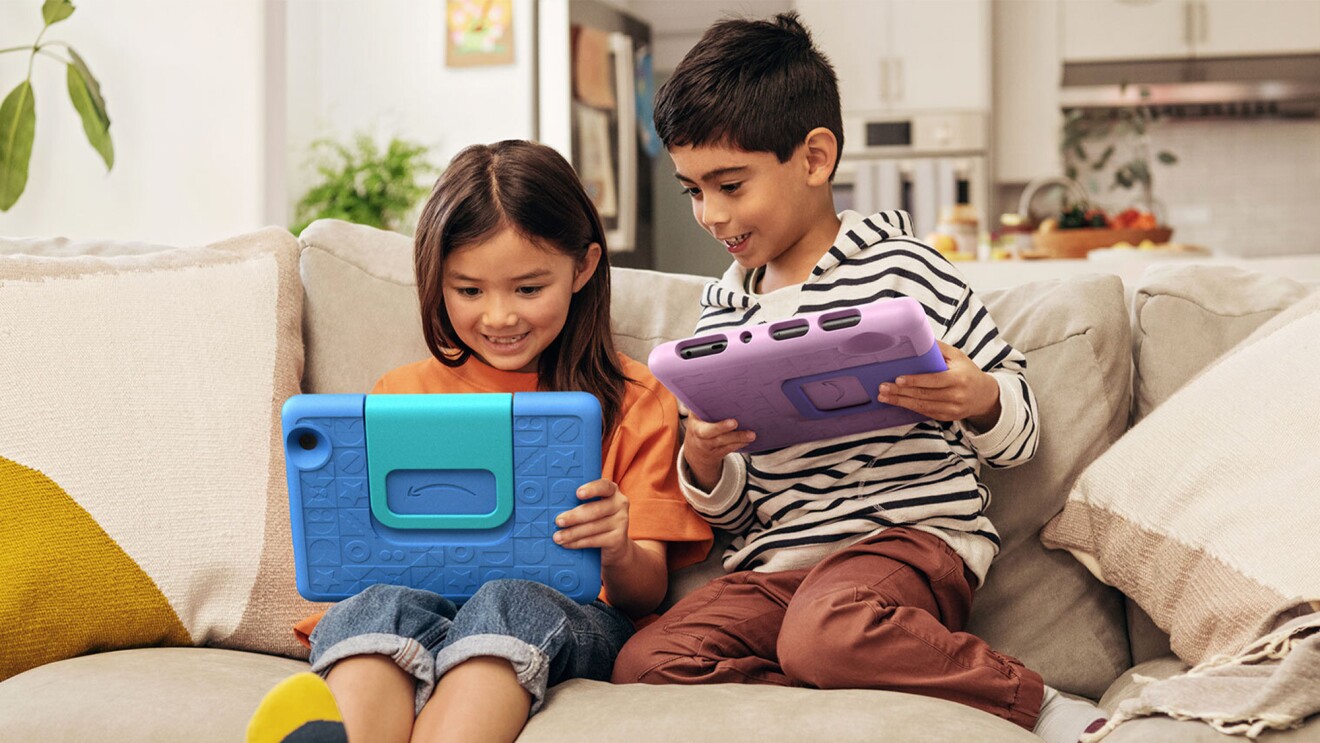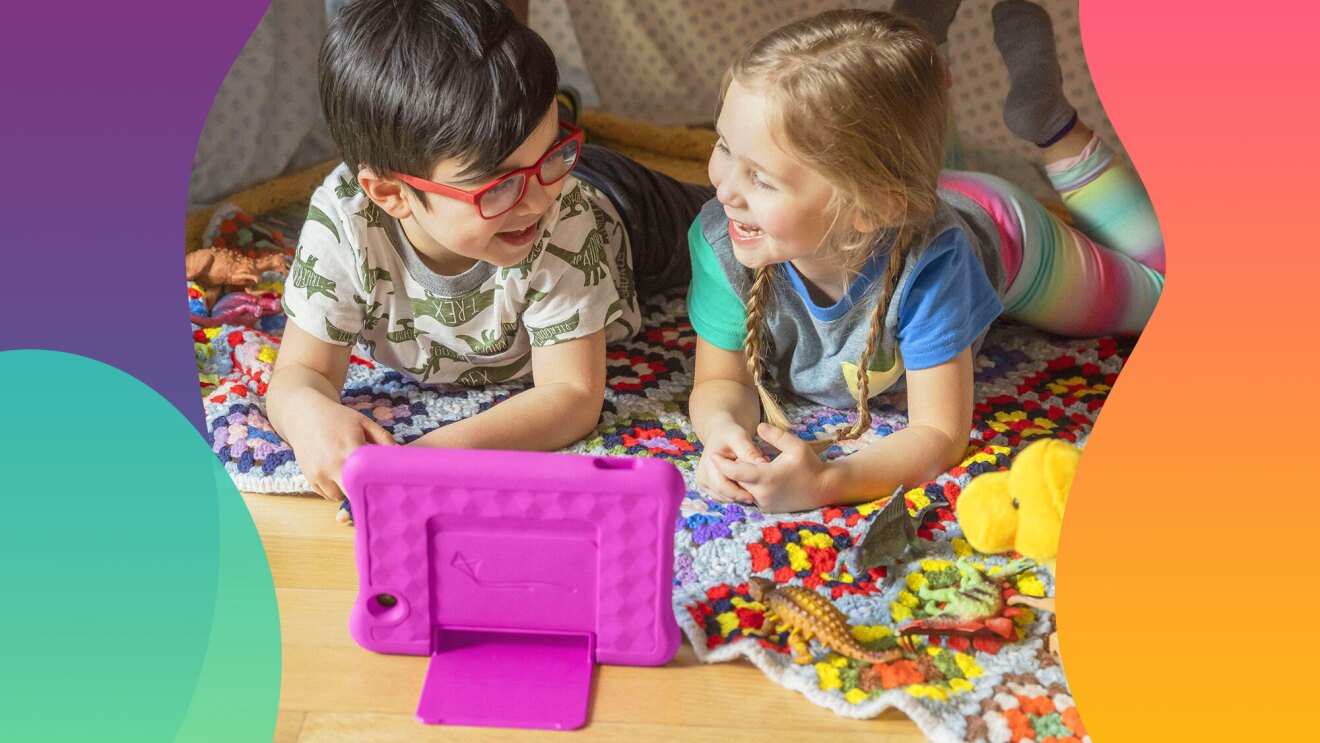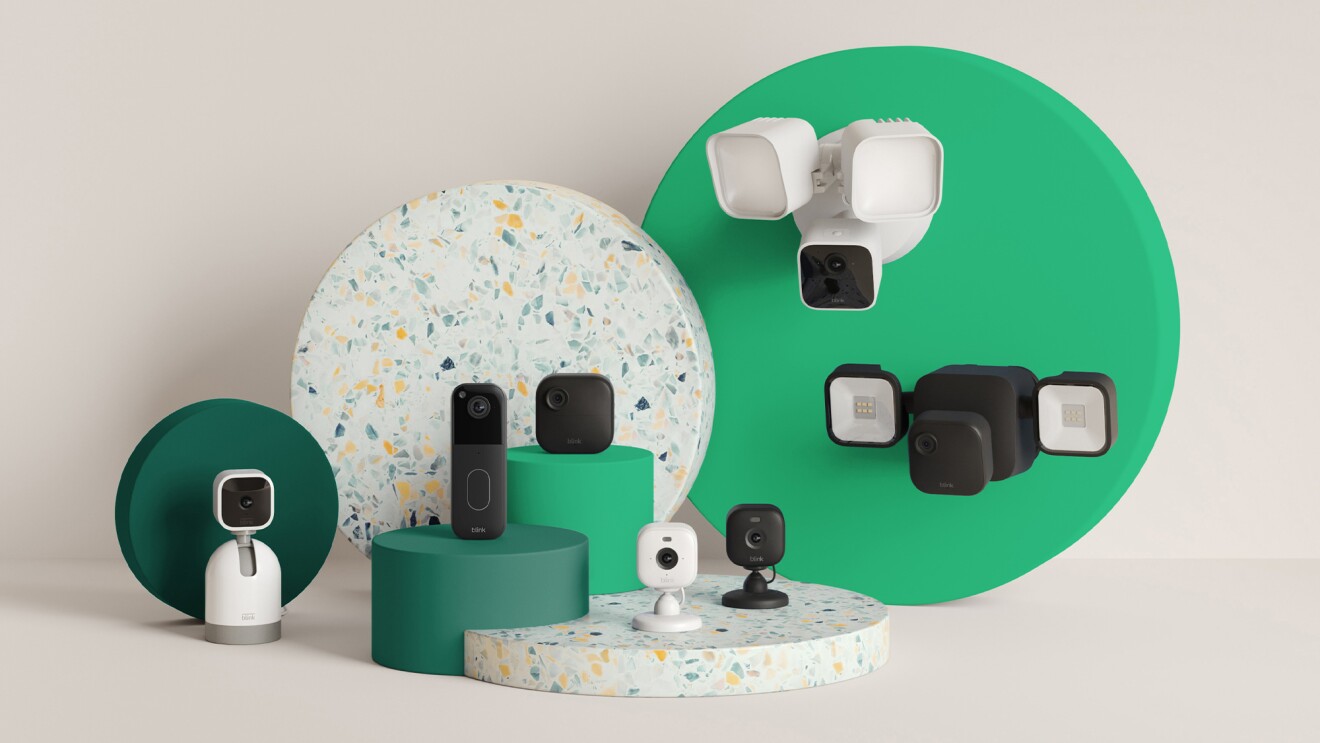May 20 marks Global Accessibility Awareness Day—and at Amazon, a continuation of Global Accessibility Awareness Month. In honor of both, we spoke with some of the many Amazon employees dedicated to increasing digital access and inclusion for our customers and employees with disabilities.
From a training leader who is blind creating new learning products for cloud innovators to a marketing manager influenced by her autistic sister, our employees push to raise awareness, build a more inclusive workplace, and create products for everyone. Meet some of those employees below and read their words about the importance of accessibility in their work, and why they are committed to this space.
Megan Smith, head of People Accessibility
Jacksonville, Florida
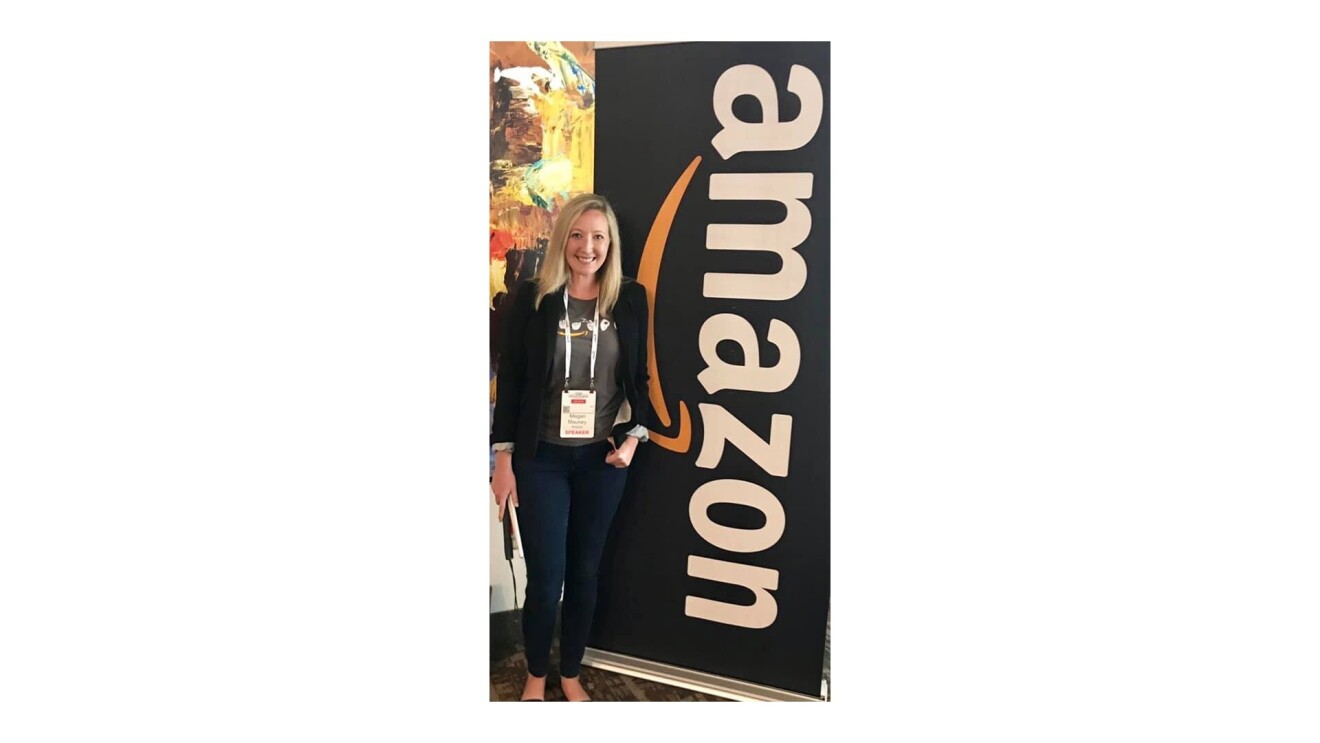
For me, accessibility is personal. I was diagnosed with a condition called retinitis pigmentosa (RP) when I was 6. RP causes progressive vision loss. My entire life I was told I was going to be blind without realizing what that really meant. In high school, I decided to get a guide dog. That single decision changed my life. I began to embrace my identity as blind and disabled. I learned what my rights were and what discrimination felt like, and I really enjoyed educating people. I felt pride when I self-advocated and wanted to do that for others.
I’ve worked in disability inclusion and accessibility off and on throughout my career. At Amazon, I lead People Accessibility and our team drives adoption of accessibility for candidate and Amazonian experiences across the company globally, working with teams who build or buy technology for it to be accessible at launch. We have the ability to positively impact employment for people with disabilities around the world through inclusion and accessibility, and I am so proud to be a part of that.
I think it’s incredibly important to understand that accessibility is more than a set of technical requirements; it is about creating equally efficient, effective, and delightful experiences for people with disabilities. To achieve this, accessibility teams should include people with disabilities. You can’t understand our experience without listening to and working with us. And that doesn’t mean you should only include one of us; you need many perspectives across a spectrum of diversity and disability. With that being said, people with disabilities shouldn’t be type-casted into accessibility roles. People with disabilities should have the opportunity to be whatever we aspire to be and (accessible) technology should empower us.
Bryce Theobald, Devices software engineer
Austin, Texas
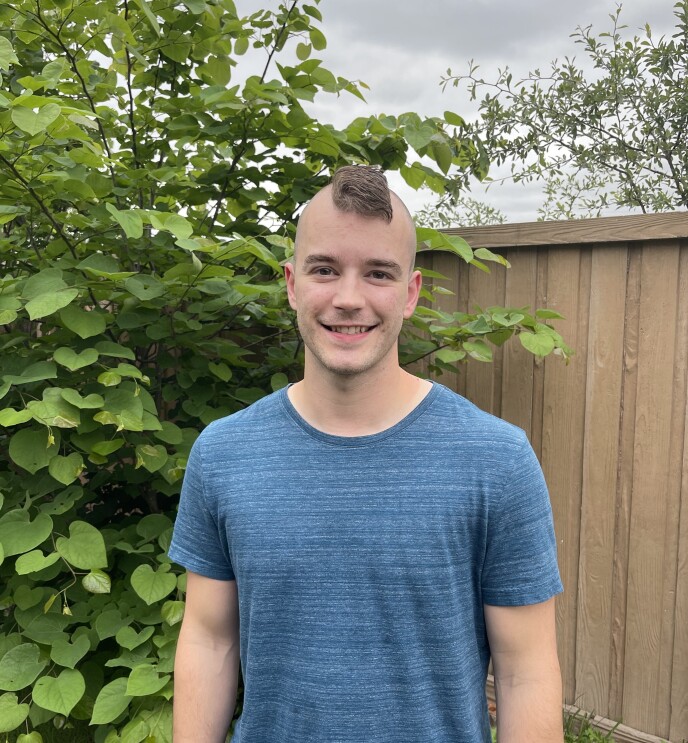
My team works on screen reading, screen magnification, and other assistive technologies for Fire TV, Fire tablet, and our Echo Show products. I’ve largely concentrated on blindness accessibility, and one of my favorite projects has been enabling braille support for the screen reader on Fire tablet. Coming into it, I wondered how I, a sighted engineer, could write code in this space. While I work with and learn from many incredible teammates who are blind and low vision, I concluded that I also needed to learn braille myself.
I stopped by my public library. The main branch had an area dedicated to braille books, so I got a bookmark that had dots on it for the alphabet. I started practicing and getting a feel for the alphabet. I then ordered a paper braille book, specifically The Legend of Sleepy Hollow. I sat on the train during my work commute, looked out the window or closed my eyes, and tried to read it. As I did that, I began to get a feel for braille. I got to the point where I could read it slowly but enough that I could verify that the code I was writing worked.
Accessible technology means it is usable by everyone, by anybody. The more people who can use it, effectively and smoothly, and have the same delightful experience with it that others may, that’s an accessible product. There is always something to learn, and a person to help, and that’s why I do what I do.
Shannon Becker, IT Operations associate on the Ops IT Tech Team
Rockford, Illinois
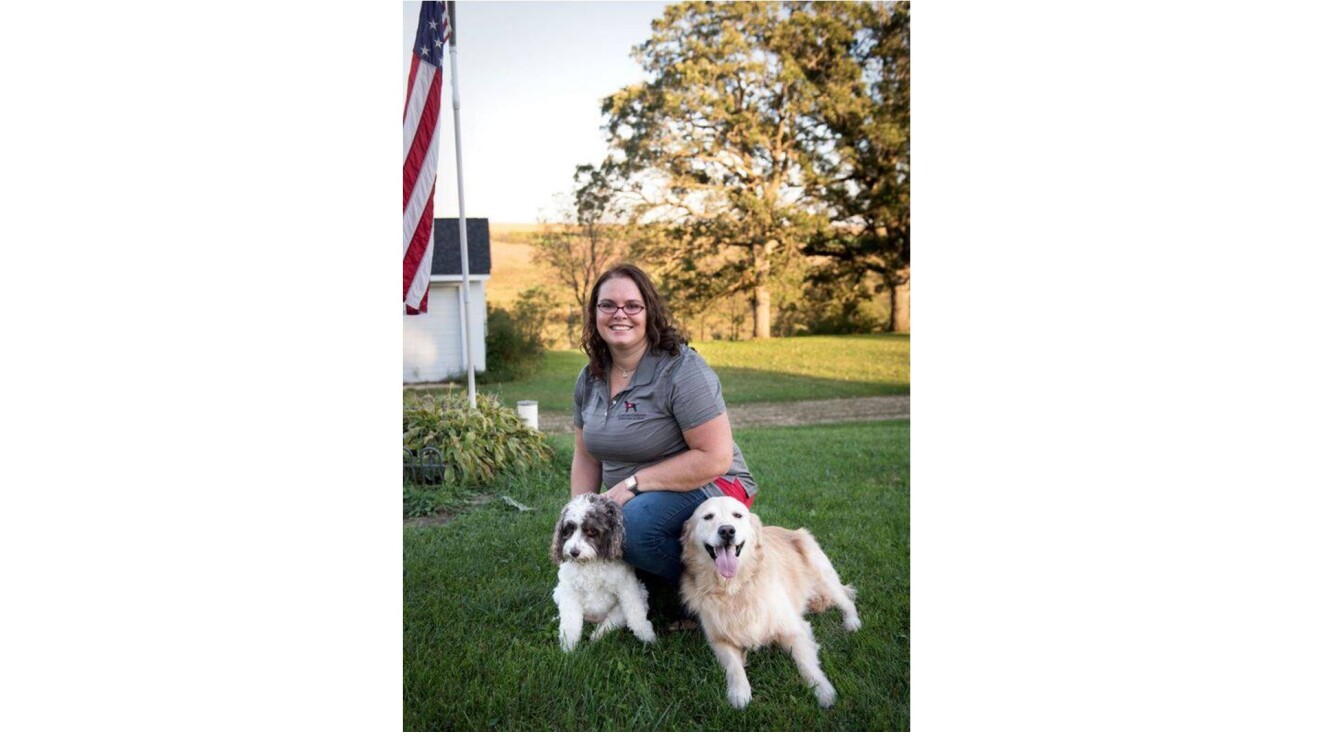
I’m based at Amazon Air’s Rockford Regional Air Hub, providing technical support for any IT related item—think laptops, printers, scanners, and the like. While my time at Amazon has been incredibly supportive, welcoming, and encouraging of who I am, my journey with disability in society has, at times, been a challenge.
I am a disabled Navy veteran, and many of the disabilities that I am affected by are not visible. It is often hard for people to understand that even if they cannot see an impairment, it doesn’t mean one doesn’t exist. My service dog is a fully trained and credentialed medical alert dog, and also trained for hearing to help me avoid post-traumatic stress startles or episodes, and other medical conditions. Because I don’t look like I have a disability, there are comments, stigmas, and assumptions often made that are not accurate.
A disability is not something you turn off or on. It is something that many always live with. And accessibility means ensuring all individuals have the access needed to all resources offered and feel a sense of belonging. For example, my site created ID cards for my service dog, recognizing him as a part of the team much like myself, and I then shared this with others to help them too. The more people can take time to understand, connect, and work with people with disabilities, the more we can ensure everyone can live life the way they want to.
Paul Duncan, senior design technologist on Prime Video
London, U.K.
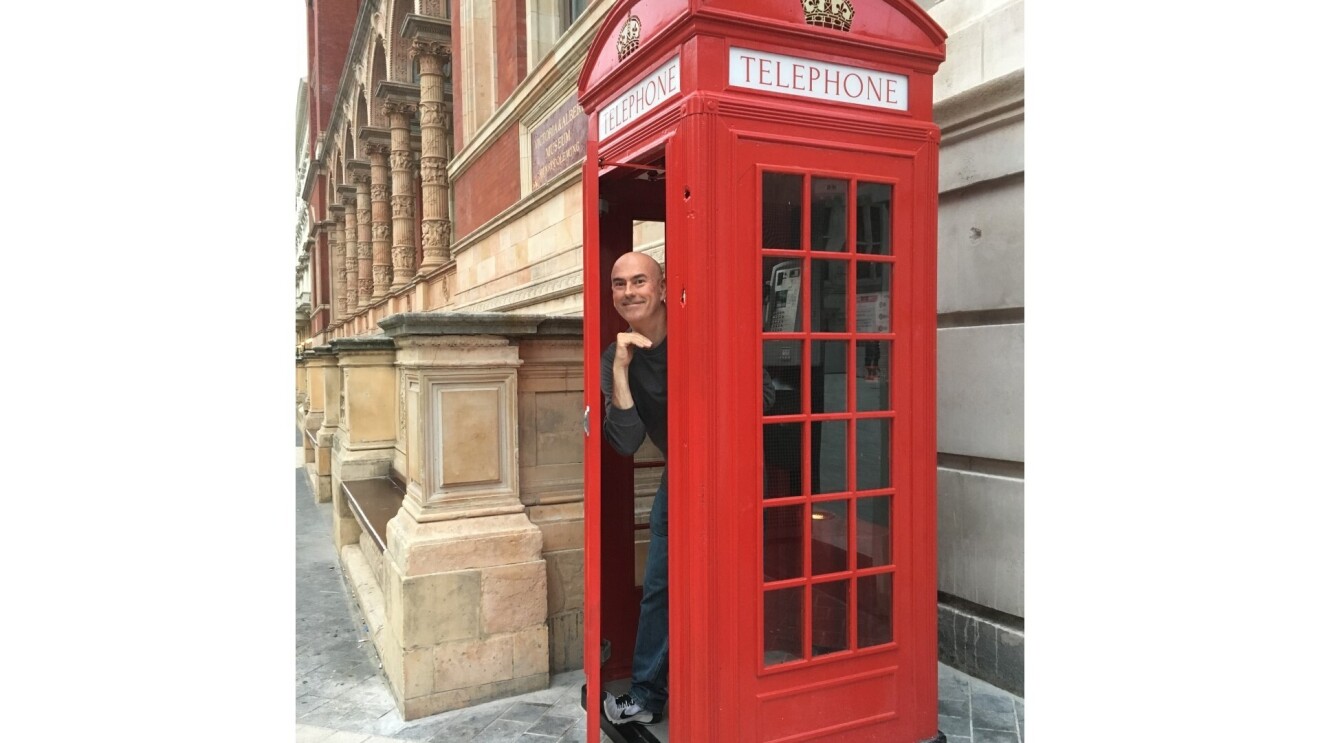
A lot of small things triggered my personal interest in accessibility, including aging and not owning the latest technology. Everyone should feel supported, and through my work, I want to ensure our products help everybody, whatever their needs may be. I work on the Prime Video team helping set up engineering for success. As part of that, we strive to ensure accessibility is incorporated in Prime Video’s UX from the start.
I see accessibility as part of the family of universal access and inclusive design. Accessibility is making sure everybody can access something using whatever technology they choose and, in doing so, we can make the product better for everyone. For example, closed captions on videos not only allow people with hearing loss to enjoy shows, but also help anyone who finds themselves in a situation where captions would be useful (e.g., in a noisy room or interpreting an unfamiliar accent).
I like to ask people, ‘What can we do to ensure we don’t exclude people? And what can we do to ensure we give people a sense of belonging?’ You don’t have to build the same product for everybody, but you have to give everybody the same access and make sure that everybody feels welcomed.
Bettina Thompson, program manager, DEI in Talent Acquisition
Seattle, Washington
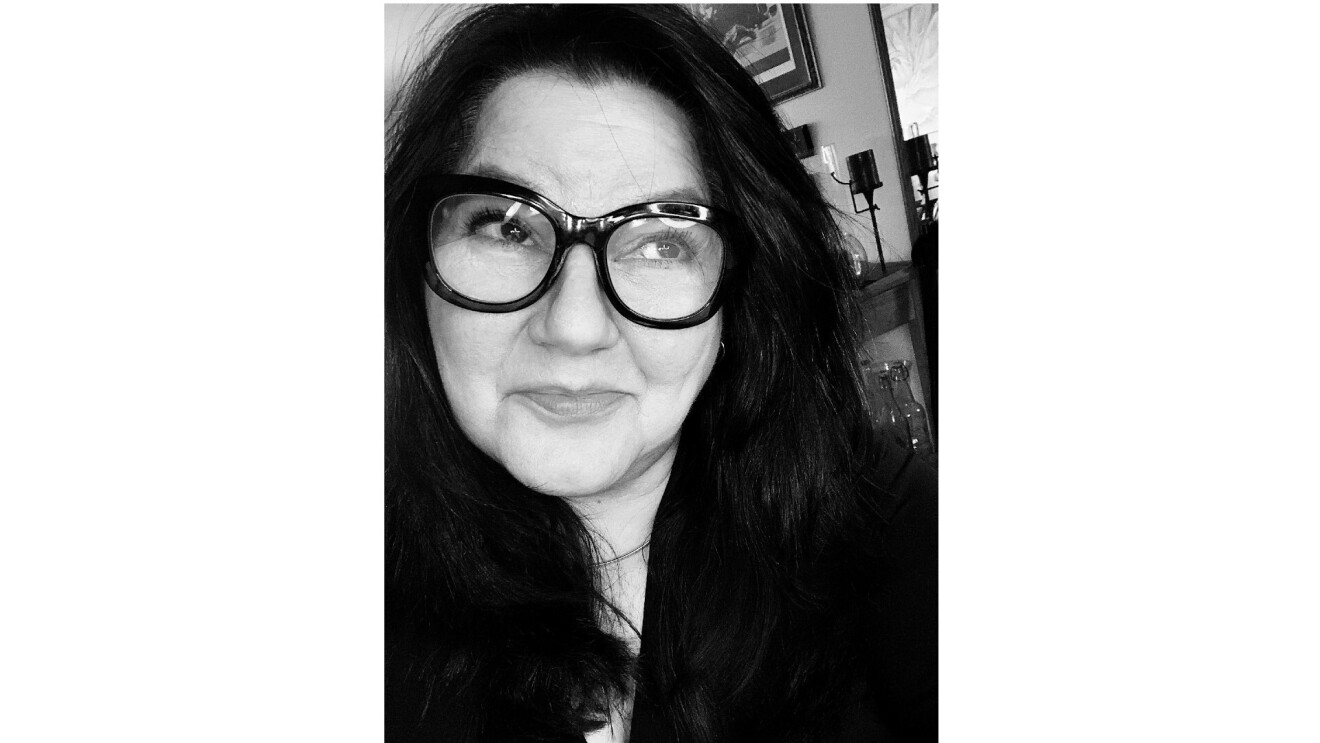
In my ‘day job,’ I drive equitable and inclusive hiring practices for diverse and underrepresented communities within Amazon’s World Wide Consumer Talent Acquisition organization. I also have the honor of being a co-director for recruiting and neurodiversity of the AmazonPWD affinity group, and a founding member of our new Mental Health and Well-Being affinity group. In these spaces, I am able to champion processes and programs that support the unique needs of bar-raising talent with apparent and non-apparent disabilities.
For example, last year, I drove the launch of Amazon’s first Neurodiversity Summit and then NAAM 2021 (Neurodiversity/Autism Acceptance Month) in April of this year. These events help show that neurodiversity is a part of normal variation in the human population. By removing misconceptions, raising awareness, and cultivating acceptance that brain differences are normal, we empower neurodiverse individuals to use their talents to advance innovation and increase productivity within our teams, company, and society as a whole.
Whenever we talk about differences, many people may be afraid to ‘identify’ or be authentically themselves. They fear being ‘othered’ or thought of as ‘lesser than’ due to a lack of knowledge and understanding. This can be especially true for people with invisible or non-apparent disabilities. When creating environments where leaders and colleagues are prepared to do the work to not only understand, but also support and provide resources that meet the unique needs of individuals, we make meaningful and impactful work accessible to all bar-raising talent, including people with non-apparent disabilities such as neurodiversity.
Managers, and in fact all employees, should receive training, resources, and tools that compel them to create environments where everyone is not only delivering results, but where everyone is vested and feels a sense of belonging. If we create a culture of ‘systemic inclusion,’ we will foster independent thinkers who will drive optimal product designs and outcomes for everyone.
Thais Cunha, Alexa marketing manager
São Paulo, Brazil

I have an autistic sister and, since birth, she’s had difficulty performing tasks that many people would consider simple. The idea of being able to make the world—whether we are talking about products or services—more accessible has always been appealing to me. Everyone should feel welcome and at peace with who they are, and we, as part of society, have to do our part to make this possible.
One recent project I’m particularly proud of is the Alexa Accessibility Award. This program encouraged Alexa developers in Brazil to build skills focused on supporting people with disabilities. We worked with the disability community, professionals in the space, and NGOs to better understand accessibility and disability inclusion, and many ideas emerged. We received feedback from customers with disabilities who shared how Alexa has helped them feel more independent and improve their daily lives, whether by helping them with smart home solutions, listening to music, or tuning into the news.
It’s incredible having the ability to innovate and work on challenging, meaningful projects like this that can impact so many.
Michael Snellenburg, leader of Amazon Web Services (AWS) Training and Certification Accessibility
Nashville, Tennessee

I help build the strategy and roadmap to adopt accessibility into all AWS Training and Certification offerings, which helps learners around the world, regardless of language, age, physical, or cognitive ability. As a person who is blind, I have benefitted from some of the most basic and some of the most innovative and modern accessibility resources, from a braille writer to screen reader technology to Amazon’s very own Alexa. Through my work with AWS, I feel humbled that I get to help create new opportunities for technologists and cloud innovators with disabilities, through accessible learning products.
What I have learned through my experiences is that an overall service or product will likely suffer when the people who design its environment, tools, and resources do not take into consideration the diverse needs of all people who may engage with it. There are many innovative technologies, mechanisms, and mindsets that have been developed, from solving needs and removing barriers for people with disabilities, that benefit everybody. Our digital training videos include closed captions and transcripts, which were invented to support learners who are deaf or hard of hearing, but can ultimately help everyone with better comprehension and view content, however they prefer. When you work with people with disabilities, you are actually helping innovate for everyone.
Fabio Sacca, senior product manager for Alexa Shopping
Seattle, Washington

Within the Alexa team, I focus on accessible and inclusive shopping experiences. We’ve heard from many of our customers with disabilities that it can be challenging for them to shop in physical stores due to inaccessible store layouts, and often they experience trouble finding transportation to get there. With online shopping, companies like Amazon have helped provide them with greater independence to seamlessly do things like order their groceries and household essentials, right from their homes.
Now, with voice services like Alexa, we are working on ways to make it even easier for customers to shop. For example, we created the ability for customers to send their shopping lists to family or friends via Alexa so they could help shop or run errands on their behalf. This was especially helpful this past year, when we saw more customers were unable to make it to the store themselves due to the pandemic.
Accessibility is ultimately about creating independence and making sure our products work for everyone. People with disabilities have the same wants of any customer. And they want a way of doing things that works for them. We need to continue to build products and services that can work for everyone equally.
Sheridan Martin, senior design technologist in Customer Service
Seattle, Washington
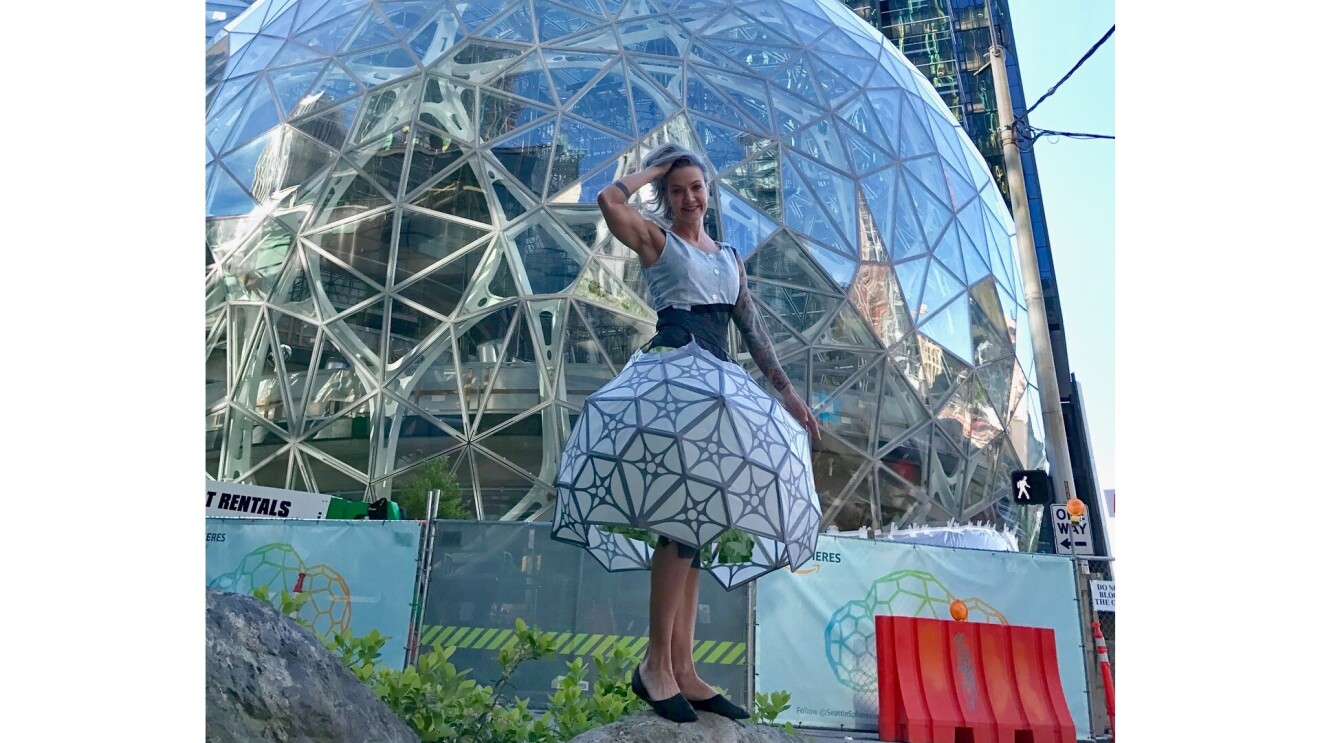
In my role, I bridge the gap between UX design and development. If a team is wondering which direction they should go in, or if a new technology is feasible for what they want to do, then a design technologist like myself can step in and rapidly prototype it so the team knows this is the direction they should go in. Design technologists haven’t traditionally been a part of an accessibility team, but I’ve seen how impactful they can be because we can prototype accessible experiences before we finish designing them.
Once you learn about accessible experiences, and once you internalize or personalize those experiences, that doesn’t stop in the workplace. On social media, I caption things. I won’t post an image that doesn’t include some sort of text with it. I look at things differently now when I go places, or when I look at buttons in elevators. Accessibility touches every part of you. It’s not just a job or workplace thing. It changes the way you look at the world and how you look at other people. That’s more valuable than so many other things and skills that I’ve learned over the course of my career.
Jules Doyle, senior design technologist for the Books Design Studio
Seattle, Washington
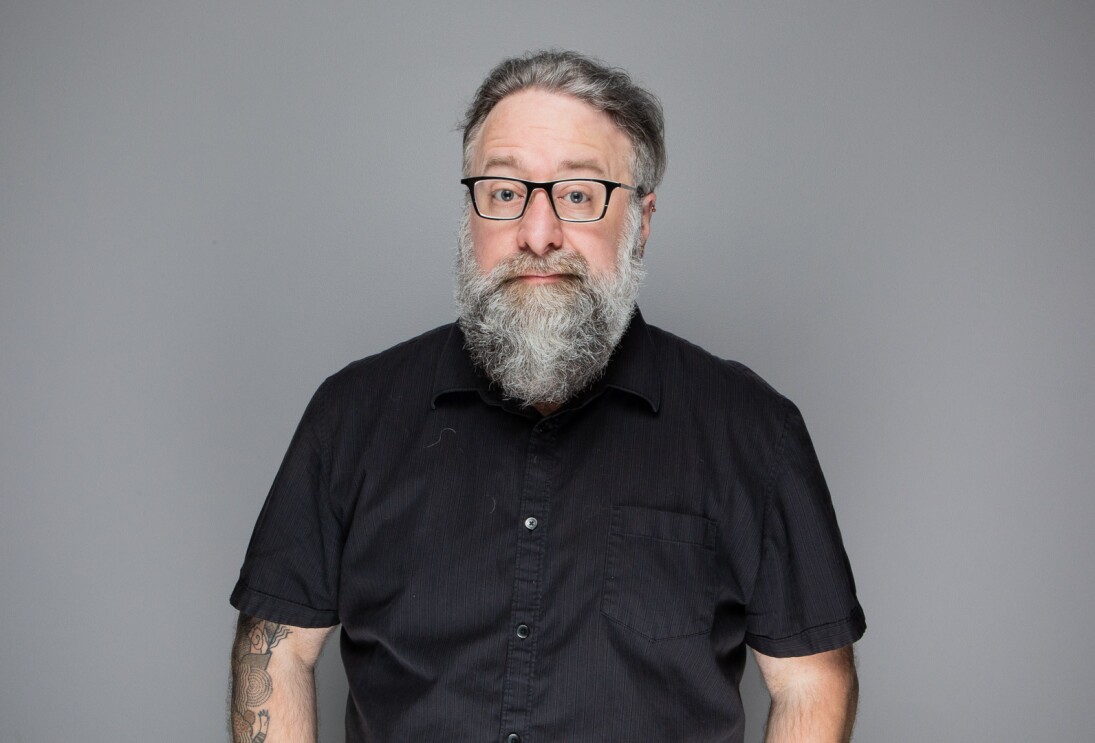
In my role, I’ve helped lead much of the design system accessibility work driving improvements into Kindle Direct Publishing. I’ve also been lucky to help develop programs to guide feature teams’ understanding of what it means to make products accessible. Through this work, I’ve been able to directly impact how all of our customers find their next great read and get more out of reading.
Accessibility is a facet of inclusion. While I assume that all barriers to people with disabilities that exist in products and services are unintentional, it’s fixing those unintentional barriers that helps to allow everyone to have the best customer experience possible. I love being able to help all customers read more.
Sven Paukstadt, senior business development manager for Alexa Skills
Berlin, Germany

I was introduced to accessibility via my grandparents. Witnessing how difficult it became for them to live independently, manage daily tasks and routines, and more made me aware of how critical accessibility is. Very often, I wish it would be easier for them. Through my work at Amazon, I’m able to help create experiences that have the potential to positively change the lives of communities, including theirs.
I helped initiate and launch an Alexa Skills project with the German Federation of the Blind and Partially Sighted (DBSV) and several broadcasters. In January, we introduced the Alexa Hörfilm skill in Germany, providing blind and visually impaired customers with access to more than 3,500 TV series and movies with audio description. Projects like this help enable and encourage independence, participation, and collaboration, and working in my role helps build experiences that all customers can use and that can make a difference in their lives.
If you’re interested in learning more about Amazon Accessibility, please visit amazon.com/accessibility.
Trending news and stories
- Meet Project Rainier, Amazon’s one-of-a-kind machine ushering in the next generation of AI
- Amazon launches a new AI foundation model to power its robotic fleet and deploys its 1 millionth robot
- Project Kuiper and U.S. National Science Foundation sign satellite coordination agreement
- Amazon MGM Studios sets Denis Villeneuve as director of next James Bond film


